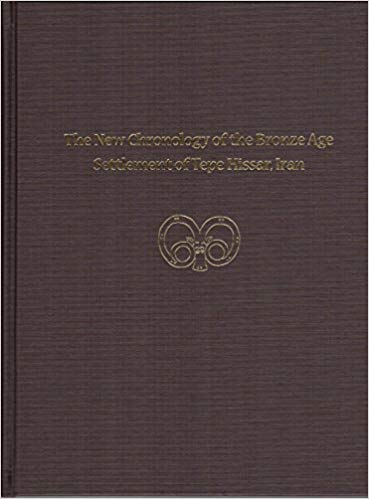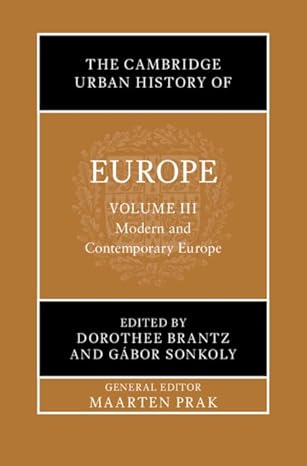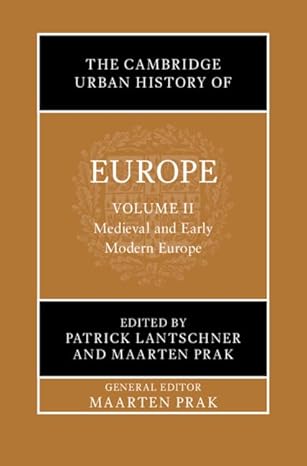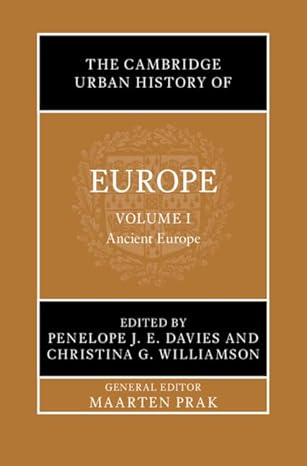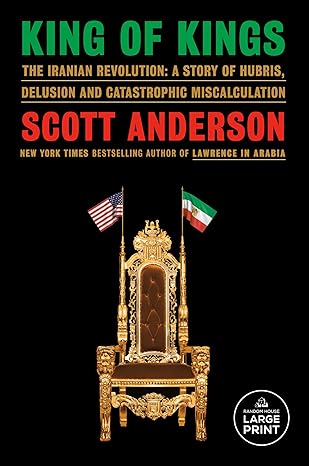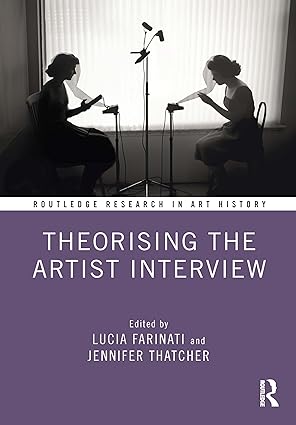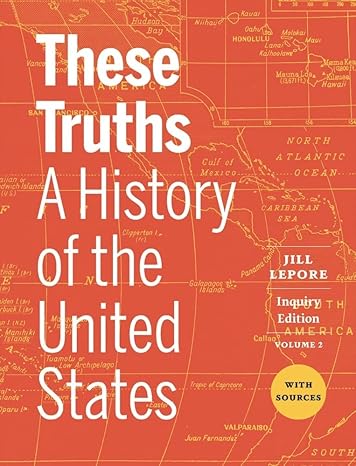Tepe Hissar is a large Bronze Age site in northeastern Iran notable for its uninterrupted occupational history from the fifth to the second millennium B.C.E. The quantity and elaborateness of its excavated artifacts and funerary customs position the site prominently as a cultural bridge between Mesopotamia and Central Asia. To address questions of synchronic and diachronic nature relating to the changing levels of socioeconomic complexity in the region and across the greater Near East, chronological clarity is required. While Erich Schmidt's 1931-32 excavations for the Penn Museum established the historical framework at Tepe Hissar, it was Robert H. Dyson, Jr., and his team's follow-up work in 1976 that presented a stratigraphically clearer sequence for the site with associated radiocarbon dates. Until now, however, a full study of the site's ceramic assemblages has not been published.
This monograph brings to final publication a stratigraphically based chronology for the Early Bronze Age settlement at Tepe Hissar. Based on a full study of the ceramic assemblages excavated from radiocarbon-dated occupational phases in 1976 by Dyson and his team, and linked to Schmidt's earlier ceramic sequence that was derived from a large corpus of grave contents, a new chronological framework for Tepe Hissar and its region is established. This clarified sequence provides ample evidence for the nature of the evolution and the abandonment of the site, and its chronological correlations on the northern Iranian plateau, situating it in time and space between Turkmenistan and Bactria on the one hand and Mesopotamia on the other.
چکیده فارسی
تپه حصار محوطه بزرگ عصر مفرغ در شمال شرقی ایران است که به دلیل سابقه شغلی بی وقفه خود از هزاره پنجم تا دوم پیش از میلاد قابل توجه است. کمیت و ظرافت آثار حفاری شده و آداب و رسوم تدفین این مکان را به عنوان یک پل فرهنگی بین بین النهرین و آسیای مرکزی برجسته می کند. برای پرداختن به سؤالات ماهیت همزمان و دیاکرونیک مربوط به سطوح متغیر پیچیدگی اجتماعی-اقتصادی در منطقه و در سراسر خاور نزدیک، وضوح زمانی لازم است. در حالی که کاوشهای اریش اشمیت در سالهای 1931-1932 برای موزه پن، چارچوب تاریخی را در تپه هیسار ایجاد کرد، این رابرت اچ. دایسون جونیور و کار بعدی تیمش در سال 1976 بود که از نظر چینهشناسی توالی واضحتری را برای این مکان با رادیو کربن مرتبط ارائه کرد. تاریخ. با این حال، تاکنون مطالعه کاملی از مجموعههای سرامیکی این سایت منتشر نشده است.
این تک نگاری یک گاهشماری مبتنی بر چینه نگاری را برای استقرار اوایل عصر برنز در تپه هیسار به چاپ نهایی می رساند. بر اساس مطالعه کامل مجموعههای سرامیکی کاوششده از مراحل شغلی با تاریخ رادیوکربن در سال 1976 توسط دایسون و تیمش، و مرتبط با توالی سرامیکی قبلی اشمیت که از مجموعه بزرگی از محتویات قبر مشتق شده بود، یک چارچوب زمانی جدید برای تپه هیسار و منطقه آن تاسیس شده است. این توالی روشن شواهد فراوانی برای ماهیت تکامل و متروک بودن محوطه و همبستگیهای زمانی آن در فلات شمالی ایران ارائه میکند و آن را در زمان و مکان بین ترکمنستان و باختر از یک سو و بین النهرین از سوی دیگر قرار میدهد. /p>
ادامه ...
بستن ...
Ebook details:
عنوان: The New Chronology of the Bronze Age Settlement of Tepe Hissar, Iran (University Museum Monograph)
نویسنده: Ayşe Gürsan-Salzmann
ناشر: University of Pennsylvania Museum of Archaeology and Anthropology (May 31, 2016)
زبان: English
شابک: 9781934536834, 978-1934536834
حجم: 20 Mb
فرمت: True Pdf
ادامه ...
بستن ...
